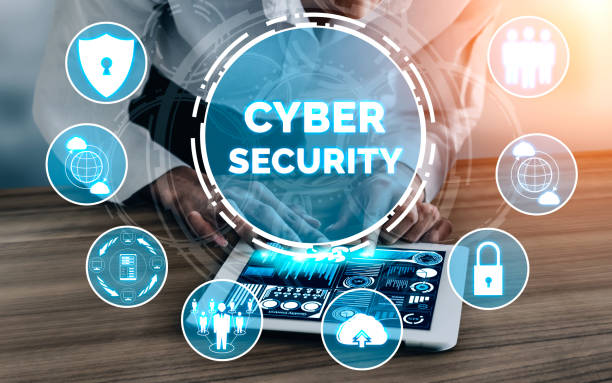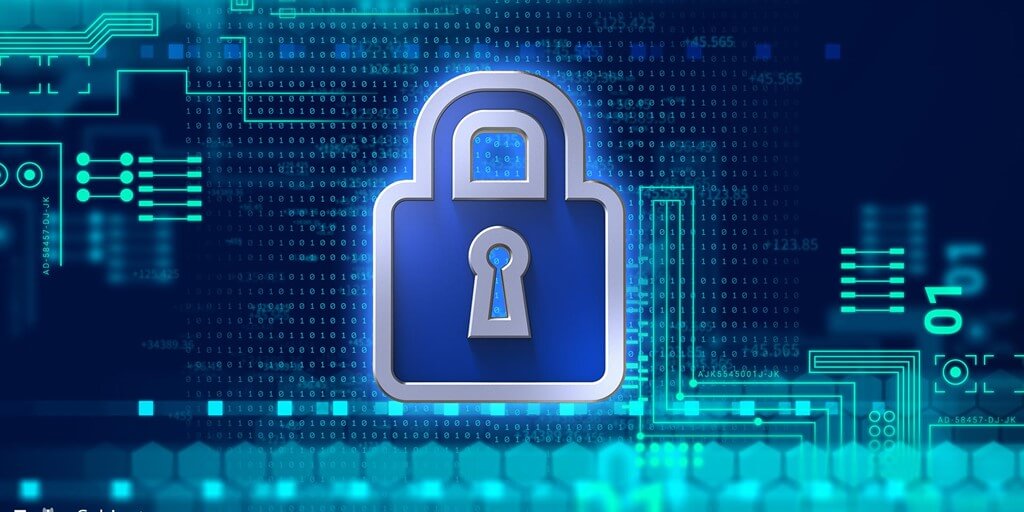AI is everywhere right now. Whether you’re asking a chatbot for marketing ideas, using voice assistants at home, or automating part of your business workflow, artificial intelligence has quickly moved from novelty to necessity. But here’s the thing: while AI tools are becoming smarter and more integrated into our daily lives, they’re also introducing new cybersecurity risks that many people aren’t thinking about.
That’s where the conversation really starts getting serious.
Table of Contents
When Smart Tools Become Risky Business
AI systems are powered by massive amounts of data, some of them are personal, some confidential, and all are valuable. And like any system that deals with sensitive information, they’re a growing target for cybercriminals.
Take it from Adam McManus, a cybersecurity expert based in Toronto, who’s been sounding the alarm: “With AI, you’re not just protecting data. You’re protecting decisions that could impact millions of people.”
That’s a chilling thought. If someone poisons an AI model’s training data or figures out how to manipulate a chatbot into revealing private information, the results could be far-reaching and fast.
Cybersecurity and AI: A Two-Way Relationship
It’s not all doom and gloom, though. AI is also doing a lot of good in the cybersecurity world, helping detect threats faster, stopping phishing scams before they reach your inbox, and automating security tasks that would take humans hours or days.
But even that comes with a caveat.
As Adam McManus from Toronto explains, “There’s an arms race happening between people using AI to protect systems, and people using AI to break them.” It’s like a chess game where both players keep getting stronger with every move and neither side can afford to fall behind.
Governments Are Paying Attention, Too
As AI becomes more deeply embedded in business and society, regulatory bodies are stepping in. In Canada, for example, we’re seeing moves toward legislation like the Artificial Intelligence and Data Act (AIDA), which aims to make sure AI is developed and used responsibly.
If your organization is using AI, especially tools that touch customer data, it’s time to think hard about compliance and risk. You can’t afford to treat cybersecurity as an afterthought anymore.
McManus, who’s worked with companies across Canada, says it well: “Every department needs to care about this now. It’s not just an IT issue, it’s a company-wide responsibility.”
How to Stay Smart (and Safe) with AI Tools
So, what can businesses and even individual users do to protect themselves while still taking advantage of AI?
Here are a few common-sense steps that Adam McManus, Toronto and other cybersecurity professionals recommend:
- Know your data – Understand what your AI tools are accessing, and where that data is stored.
- Limit access – Not everyone on your team needs admin-level permissions.
- Test for weaknesses – Regularly simulate attacks to find vulnerabilities before someone else does.
- Update your models – Old AI systems can become just as risky as outdated software.
- Build a “zero trust” mindset – Always verify. Never assume.
The rise of AI isn’t slowing down anytime soon, and honestly, that’s a good thing. There’s so much potential here to make our lives better, more efficient, and even safer. But only if we take cybersecurity seriously.
As Adam McManus of Toronto puts it, “AI can be a force for good, but only if we build it responsibly and secure it at every level.”
In the rush to adopt AI, don’t leave your digital doors wide open. Innovation without protection is just asking for trouble, and in this era, that trouble can arrive faster than ever.

